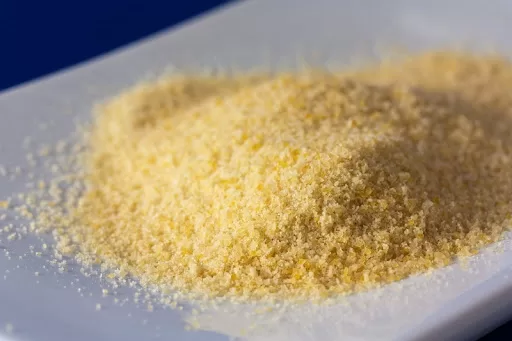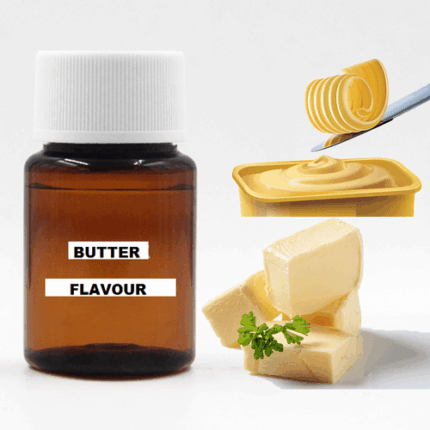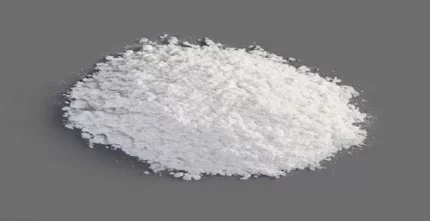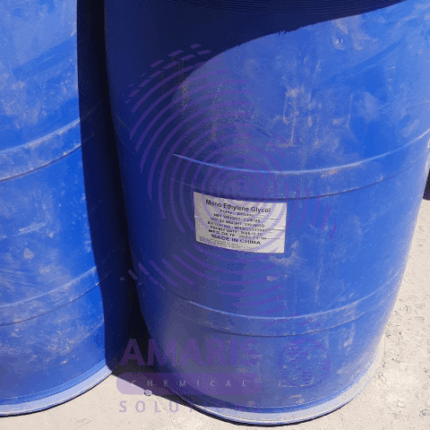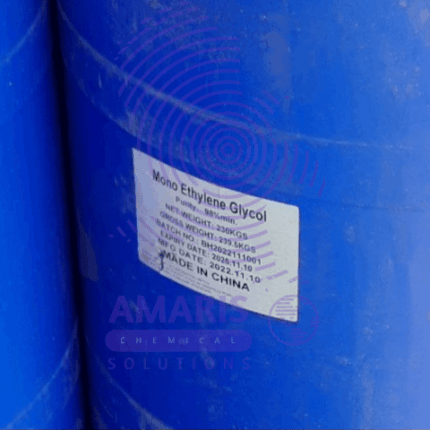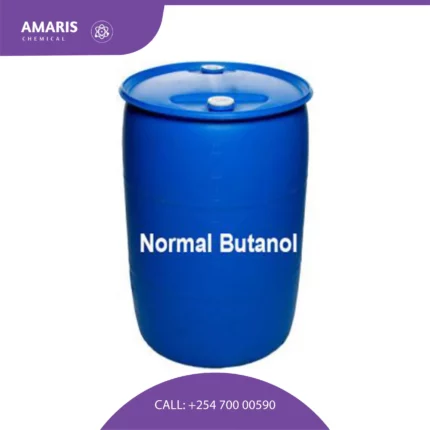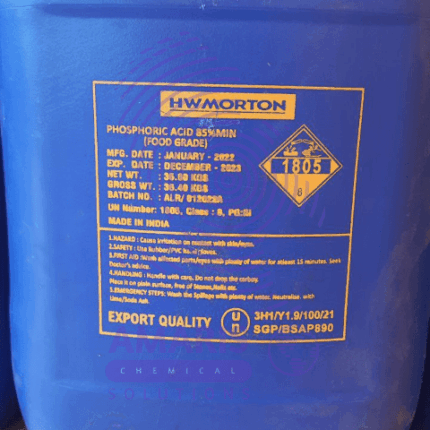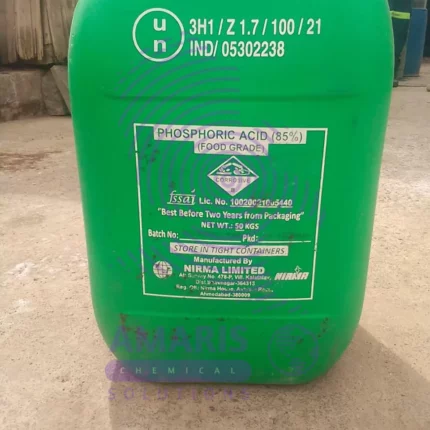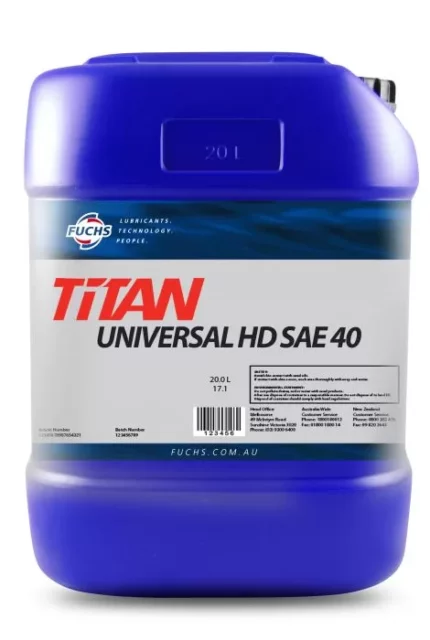Caramel Powder Flavour food grade
$0.01
Caramel powder flavor refers to a taste profile that mimics the rich, sweet, and slightly burnt flavors characteristic of caramel. It is typically achieved through the use of various natural or artificial ingredients that capture the essence of caramel, such as caramelized sugars, buttery notes, and toasty undertones. The resulting flavor is often used to enhance the taste of foods and beverages, providing a delightful and familiar caramel-like experience.
Uses of Caramel powder
Baking:
Caramel powder is commonly used in baking to add a rich and sweet caramel flavor to cookies, cakes, pastries, and bread. It can be incorporated into the batter or dough or used as a topping or filling.
Beverages:
Caramel powder is often used in the production of flavored coffees, lattes, and cappuccinos to add a caramel note and enhance the overall taste. It is also used in milkshakes, smoothies, and hot chocolates to provide a sweet and indulgent flavor.
Confectionery:
Caramel powder is a popular ingredient in the production of various confectionery items such as chocolates, candies, caramels, toffees, and fudges. It can be used as a flavoring agent, a coating, or a filling, adding a distinct caramel taste.
Desserts:
Caramel powder is frequently used in desserts like puddings, custards, ice creams, and sauces. It adds a smooth, creamy, and caramelized flavor, elevating the taste and providing a luxurious sweetness.
Snack Foods:
Caramel powder is employed in the production of snacks like popcorn, pretzels, chips, and granola bars. It can be used as a coating, seasoning, or flavoring, creating a delicious sweet and salty combination.
Sauces and Toppings:
Caramel powder is used to make caramel sauces and toppings for desserts, pancakes, waffles, and ice creams. It provides a thick and luscious texture with a caramel flavor that enhances the overall presentation and taste.
Seasonings and Rubs:
Caramel powder can be incorporated into savory dishes as part of spice blends, rubs, or seasonings for meats, vegetables, and roasted dishes. It adds a hint of sweetness and depth of flavor to balance savory elements.


 Emollients
Emollients Humectants
Humectants UV Filters
UV Filters Surfactants (cosmetic)
Surfactants (cosmetic) Preservatives (cosmetic)
Preservatives (cosmetic) Fragrances and Essential Oils
Fragrances and Essential Oils Antioxidants (cosmetics)
Antioxidants (cosmetics)
 Solvents (lab)
Solvents (lab) Chromatography Chemicals
Chromatography Chemicals Microbiology and Cell Culture Reagents
Microbiology and Cell Culture Reagents Biochemical Reagents
Biochemical Reagents Inorganic and Organic Standards
Inorganic and Organic Standards Spectroscopy Reagents
Spectroscopy Reagents Molecular Biology Reagents
Molecular Biology Reagents
 Precious Metal Extraction Agents
Precious Metal Extraction Agents
 Plasticizers
Plasticizers Polymerization Initiators
Polymerization Initiators Stabilizers
Stabilizers Monomers
Monomers Fillers and Reinforcements
Fillers and Reinforcements Antioxidants (plastics)
Antioxidants (plastics) Colorants (plastic pigments,Dyes)
Colorants (plastic pigments,Dyes)
 Fertilizers
Fertilizers Plant Growth Regulators
Plant Growth Regulators Soil Conditioners
Soil Conditioners Animal Feed Additives
Animal Feed Additives Biostimulants
Biostimulants
 Dough Conditioners
Dough Conditioners Flour Treatments
Flour Treatments Fat Replacers
Fat Replacers Preservatives (baking)
Preservatives (baking)
 Surfactants (cleaning)
Surfactants (cleaning) Builders
Builders Bleaching Agents
Bleaching Agents Enzymes
Enzymes Solvents (cleaning)
Solvents (cleaning) Fragrances
Fragrances Disinfectant
Disinfectant Metal cleaning
Metal cleaning
 Binders/Resins
Binders/Resins Pigments
Pigments Solvents (paint)
Solvents (paint) Additives
Additives Driers
Driers Anti-Corrosion Agents
Anti-Corrosion Agents Specialty Coatings
Specialty Coatings Functional Coatings
Functional Coatings Application-Specific Coatings
Application-Specific Coatings
 Sealants and Adhesives
Sealants and Adhesives
 Biodegradable Surfactants
Biodegradable Surfactants Bio-based Solvents
Bio-based Solvents Renewable Polymers
Renewable Polymers Carbon Capture Chemicals
Carbon Capture Chemicals Wastewater Treatment Chemicals
Wastewater Treatment Chemicals
 Preservatives (food)
Preservatives (food) Flavor Enhancers
Flavor Enhancers Acidulants
Acidulants Sweeteners
Sweeteners Emulsifiers
Emulsifiers Antioxidants (food)
Antioxidants (food) Colorants (food)
Colorants (food) Nutrient Supplements
Nutrient Supplements Nutraceutical Ingredients
Nutraceutical Ingredients
 Fresh Herbs
Fresh Herbs Whole Spices
Whole Spices Ground Spices
Ground Spices Spice Blends
Spice Blends
 Surfactants(oil)
Surfactants(oil)
 Antibiotics
Antibiotics Active Pharmaceutical Ingredients
Active Pharmaceutical Ingredients Excipients
Excipients Vaccine Adjuvants
Vaccine Adjuvants Nutraceutical Ingredients
Nutraceutical Ingredients Solvents (pharmaceutical)
Solvents (pharmaceutical)
 Automotive chemicals
Automotive chemicals Pyrotechnic Chemicals
Pyrotechnic Chemicals


 Vulcanizing Agents
Vulcanizing Agents Accelerators & Retarders
Accelerators & Retarders Antidegradants
Antidegradants Reinforcing Agents
Reinforcing Agents Plasticizers & Softeners
Plasticizers & Softeners Fillers & Extenders
Fillers & Extenders Blowing Agents
Blowing Agents Adhesion Promoters
Adhesion Promoters
